One billion years into the future, and civilization on Earth has gone through multiple golden ages of technology and wisdom, each eventually collapsing and giving birth to another. Past ages of technological marvel, the only evidence of which being the detritus of their civilization, their ruins and rubbish found littered everywhere. While these artifacts are common place, their purpose is a conundrum. The most plain and small could be weapons of horrific destruction, while the most flashy and visible could be nothing but an ancient circus attraction. Quite often it’s not even known whether an artifact’s wondrous qualities are even its main purpose, or just a side effect of its true nature. Many of these are massive and scar the landscape, ancient totems to bygone eras.
It’s these items, these technological puzzles that are named Numenara. And this is the world in which Torment: Tides of Numenara takes place.
The story begins with you tumbling from the sky towards a city. You’ve just been born, and yet your mind is filled with hints of unfamiliar memories stretching back across decades. You crash, yet somehow survive, your body evidently able to heal quickly from injuries that would instantly kill any other. You know and remember little, yet have some deep sense of purpose. Your fall broke something you were looking for, and now you need to find a way to repair it, with the help of those who’ve just found you.
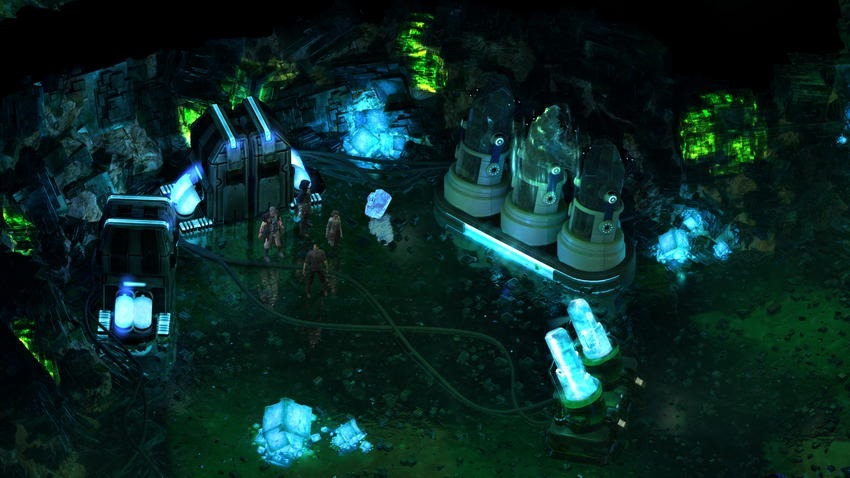
You quickly learn that you’re a castoff – a body made by and inhabited by one who’s made and lived in hundreds of others prior to your own, now vacated and left to live its own life. A marvel in a world of wonders, you set off in hopes of repairing a fractured mind, escaping an otherworldly danger that seems to hunt you as you learn who you both truly were and who you’ll become.
The narrative is deep and involved, and I was surprised at how much I enjoyed investigating it. There’s a LOT of backstory, and a lot of tales people will tell, but it was always interesting to investigate it, whereas normally I tend to grow weary of it. Pillars of Eternity, a game with which Tides of Numenara shares a strong likeness to, had background in the form of memories you could absorb from the people around you and although I enjoyed this initially I quickly found that I’d skim through them and then eventually ignore them all together. Here, I’ve been fully engaged all the way.
It’s difficult to talk about Torment: Tides of Numenara in brief because there are several distinctive things that are hugely interesting to talk about. From the limited class choices, to quest driven experience gain, to how the Numenara roleplaying system works itself. But by far the most interesting aspect of Tides of Numenara, is how it approaches failure.

Specifically, Tides of Numenara doesn’t see failure as a negative, let alone a fail state. It views failure only as another vehicle to drive the narrative forward, rather than a No Entry sign or a reset condition. The game pushes the story forward regardless, but the path you take is what changes. Because the narrative establishes that your character can recover from the most horrific wounds over a short period of time, dying in combat largely results in loss of control – people you tried to protect are taken or killed, you’re entrapped or someone escapes. And then you wake up and the story simply continues from that point.
In fact, the game can often reward you for failure. It’s not rare for more beneficial results to come out of failure, and you’ll often discover characters and parts of the game only through failure. It’s a unique experience, at least it was for me, to continue through the story through my failures and I really enjoyed it.
More so than any other RPG I’ve played in recent memory, Tides of Numenara is primarily a narrative journey. It’s more concerned with its setting, history and events than it is in fighting. Though combat can easily happen within that. This is most easily seen in that experience is only gained by completing quests, or talking to and investigating the world around you. You gain no experience for killing enemies, unless it’s a resolution point in a quest.
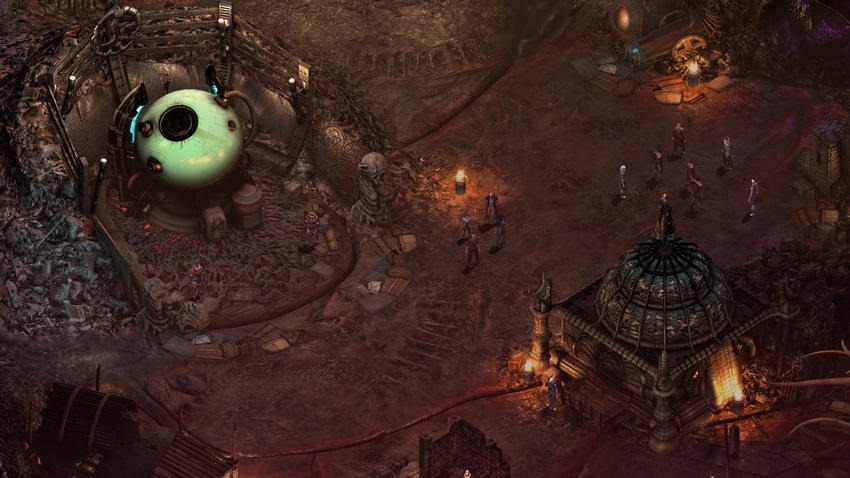
Part of the game takes place within your own mind. While this exists for important plot points, it also serves as another point of exploration. As you encounter others and progress through the world, your mind will slowly grow both in size and locations, as well as the projections of some of those who you meet. Interestingly, and barring some rare exceptions, the only way to enter your mindspace is after you’ve died and before you return to your body to wake up. It’s one of the ways the game rewards you for failure, being death in this case. You can explore these areas for more side-quests and bonuses, though what you find there are echoes of your choices within the game.
As I touched on before combat itself is slightly different than usual. It’s highly lethal, but almost possible to find a solution that avoids combat, though how equipped you are to find and achieve that can vary. This can vary from simply taking different paths that potentially offer alternative risks, to talking someone out of combat, even while you’re fighting them, to simply avoiding it by steering a discussion in a different direction, be it by intention or chance. Once or twice, I encountered someone I was convinced was going to be an end boss of a quest chain, only to discover that through my interaction with them combat was entirely avoided, much to my pleasant surprise. There was no overly obvious “let’s not fight” conversation chain that I followed, and in fact those often end up causing more fights than they avoid, so I had no idea where the conversation was going to go as I talked with them.
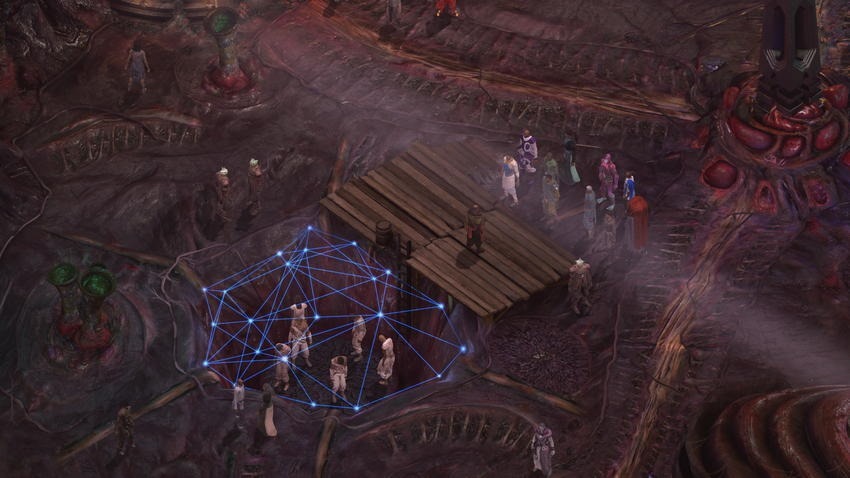
You won’t encounter combat as often as you may expect, but the result is that it packs a punch when it happens. This is partly due to one simply not being overly familiar with it at first due to its relative rarity so players tend to trip over themselves, but even when you’re prepared it can be surprising how hard enemies hit and how quickly your characters can go down. Remember, this is a game where failure is simply another path in the narrative, and failing and falling in combat is a part of that. The result is that the combat encounters never hold back and sometimes, you can suddenly find yourself in a combat situation where you’re hilariously outmatched.
Several times before I’ve had games state that I could choose to avoid combat, but it’s largely been for narrative reasons only. Here though, it’s a case of survival. At times I found myself refusing quests, or avoiding fights simply because I was unwilling to risk myself and knowing that the narrative would continue and evolve from my failure – and it’s a great thing to experience.
The Numenara role-playing system also simplifies various commonalities found in RPGs in numerous ways. The first of which is the class selection. Here there are three broad classes; Glaives are the quintessential combat class, focusing on weapon and armour use, as well as physical prowess and training. Nano’s are the world’s equivalent of spellcasters, using esoteric and fantastical technology as one would use magical spells and often have a deeper understanding of ancient technology. Finally you have Jacks, a middle-road between Glaives and Nanos. Jacks are adaptable, using a balance of various skills to explore and investigate the world around them.
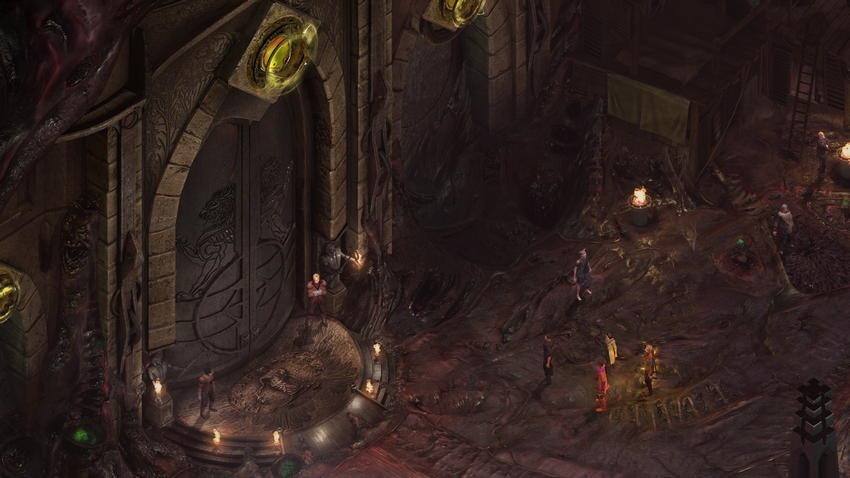
In terms of character stats, Tides of Numenara further simplifies things by breaking away away from the established mold by cutting and merging all characteristics into only three core attributes:
- Strength is used for any checks involving physical might, be it breaking things, intimidation and wielding the more brutish weapons such as swords and maces.
- Speed is used for quick footedness, sleight of hand, quick reactions and weapons such as daggers and projectile based weaponry.
- Intellect is used for analysis, persuasion, deduction and the use of Cyphers and “Magical” abilities and attacks.
When using and improving these there are three main components to consider, being the Stat Pool, Effort, and Edge.
The Stat Pool is how many points you have in each stat. While it’s not the most important component it’s certainly the most visible. This is initially misleading, as prior experience with most other role-playing game (digital or tabletop) suggests a higher stat pool equates to simply being better with that stat. However it’s much more accurate to say that this pool represents how much effort you can put into tasks using this stat and how often you can do it, rather than how good you actually are.
Whenever you perform a task that’s challenging enough to use the stat pool, including performing any attack or using any ability during combat, you are represented with a bar showing your default percentage of success based on the task’s difficulty. You can burn points from your stat pool to increase the chance of success and in the case of combat, increase how effective attacks are. As such, there’s a lot of motivation to burn stats in combat, as it both increases how likely it is that you’re attack will land and increase how much damage you’ll do. However, various weapons and abilities will scale differently.
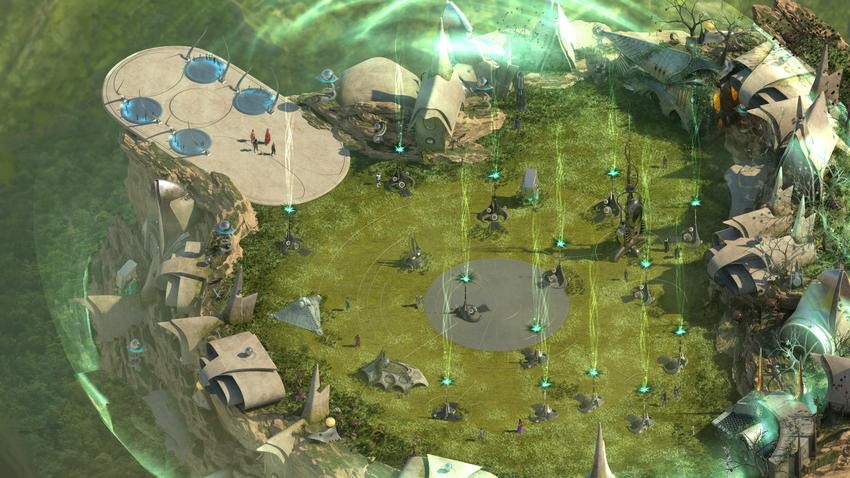
Edge is what truly represents your capability in any task. For each point of Edge that you invest in an attribute, you automatically gain a single free bonus to any task you perform using that attribute, as well as gaining a discount on abilities that require points to be burned to be used.
Finally Effort represents how many stat points you can burn in each task. You may have a dozen points invested in Strength, but if you’ve only got 2 points in Effort, you’ll only ever be able to burn two points of Strength in any one task. All three of these must be used in balance to be effective. Edge increases your default chance of success, true, but with a low Effort and a low Stat Pool you’re severely limited in boosting your chances in particularly difficult tasks.
It’s also important to note that once you’ve burned stats, the only way to refresh them is either through items or through resting. This often results in a battle of fatigue, as both questing and combat can leave your stats depleted, leaving you more likely to fail or less likely to risk certain tasks at all. While resting both heals your party and restores your stat pools, it’s highly expensive. Additionally, resting advances time which can affect several quests, potentially causing some to end prematurely. Both of these factors result in resting being a luxury, to be used sparingly.
Visually Tides of Numenara has a stylistic approach very similar to Pillars of Eternity, in that it harkens back to nostalgic static and illustrated backgrounds rather than three dimensional environments. This isn’t particularly surprising as it uses the Pillars of Eternity engine. The environments are suitably designed to be just as fantastical as the setting suggests, though it’s a pity that the actual inhabitants of the world are comparatively bland to look at.

There’s a large generic sense to the actual models that represent your party and those you encounter (when designing how your character looks, your only option is choosing whether they are male or female), and some of the variations you find are awkward to look at, such as portly characters in particular. In addition, I found myself sorely missing the use of character portraits during discussions. They’re not needed at all, the text does a perfect job of conveying who’s speaking (assuming you’re not terrible with names), but it’s an aesthetic I rather enjoyed in Pillars of Eternity.
That all said however, Tides of Numenara more than makes up for these criticisms with what it provides almost everywhere else. While my attention was often drawn towards them, it was only a cursory acknowledgement before I continued playing.
Tides of Numenara also, for a specific type of narrative segment, uses strictly static imagery with text explaining the events and your choices. It’s intensely reminiscent to narrative one would experience in tabletop roleplaying, something I suspect was very intentional and it’s surprising how well it conveys events, actions and choices in such a seemingly limited presentation. When it happens, it makes sense why it’s limited and it’s a nice break from the usual gameplay.

I’ve had an absolutely wonderful time with Torment: Tides of Numenara, particularly in how it provided me with a relatively unique narrative journey.
Last Updated: February 28, 2017
| Torment: Tides of Numenara | |
|
It’s rare that a game allows me to use my failures within itself to build a unique narrative, and that in itself allowed me to approach Torment: Tides of Numenara from a new light. Ironically, the lack of a Game Over led me to be more cautious as I know the world has evolved, even if just by a tiny bit, as a result of my failures.
|
|
|---|---|
| Torment: Tides of Numenara was reviewed on PC | |
|
81 /
100
| |





















Original Heretic
February 28, 2017 at 10:37
Ah great, so glad this game is good. Been cautiously looking forward to it, now I know I’m definitely going to get it.
Alien Emperor Trevor
February 28, 2017 at 10:37
Awesome, I’ve been looking forward to this – and just got my key this morning. But seeing as I’ve just finished Divinity: Original Sin I need a break from isometric RPGs for a little while.
Ottokie
February 28, 2017 at 10:38
Just another 70 hours won’t hurt.
schitsophrenic-toothbrush
February 28, 2017 at 11:23
Divinity:OS was amazing. The 2nd one is coming out soon!
DragonSpirit009
February 28, 2017 at 10:59
Well now… I think I’ll add this game to my wishlist!
Geoffrey Tim
February 28, 2017 at 14:06
Listen up chuckos. This game is AMAZING.
Banana Jim's Final Form!
February 28, 2017 at 18:59
I want this game so badly!
Johann
March 1, 2017 at 09:16
Played about 6 hours last night, so far the feeling and atmosphere is a lot like that of Planescape: Torment. Believe me, if you hate reading in games you will not enjoy this game but if you’re a fan of old school Computer RPGs like Baldur’s Gate this is definitely something to pick up. Excellent game so far